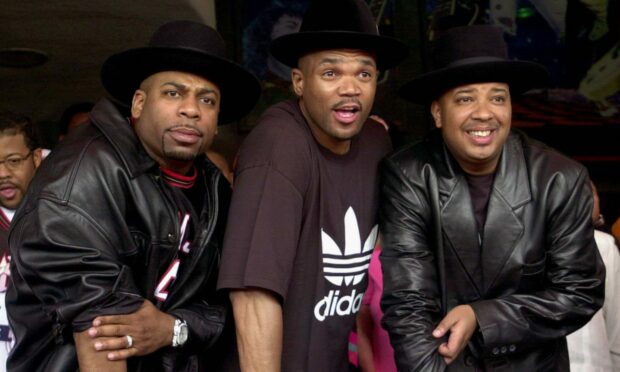“Bills rise higher every day, we receive much lower pay”.
News that high inflation has driven the fastest fall in real pay on record brings to mind this lyric from arguably one of the greatest rap/hip-hop songs ever written.
Is it possible Darryl McDaniels and the Run-DMC crew time-travelled from 1983 to this month for inspiration for their later remixed hit debut single It’s Like That?
Unlikely, although we can’t rule it out – cue the X-Files theme tune – but in reality, rising prices are nothing new.
At the time the song was written, the 10-year average rate of inflation in the UK was a hefty 13.6%.
The Freddo measure of inflation
When presenting at financial planning workshops, my go-to consumer good to explain inflation is the humble Freddo chocolate bar.
It’s sad to think those born after the late 1990s – Gen-Z – will never have experienced a 10p Freddo.
Some of the world’s smartest economic minds have predicted we’ll be paying 36p for one by 2030.
In the right dosage, price inflation is a good thing. In normal circumstances, when prices are going up, people want to buy now rather than pay more later – which increases short-term demand.
With higher demand, stores sell more and factories produce more, boosting economic growth.
Deflation, where prices fall, has the opposite effect and consumers wait for prices to drop further before buying, slowing economic growth.
In general, wage increases have kept pace with inflation over the long run.
Household finances under strain
But, as we’re seeing in the current cost-of living-crisis, high levels of inflation put a strain on household finances, particularly where employers are unable to increase wages at the same rate.
The emergence from Covid lockdowns and the outbreak of war in eastern Europe has driven prices up while stifling economic growth.
Unfortunately, I can’t tell you with any degree of accuracy how or when the UK will emerge from this crisis.
But I certainly take comfort from the fact there have been similar periods of price volatility throughout the decades, with different drivers each time.
Some people reading this will remember inflation hitting 25% in the 1970s, when oil prices trebled.
Thankfully, such times, though undeniably tough to live through, don’t last forever.
Periods of economic uncertainty are nothing new and are a fact of life, and as the old proverb goes: “It’s like that, and that’s the way it is.”
Liam Kerr is a chartered financial planner with Carbon Financial Partners in Aberdeen.



Conversation